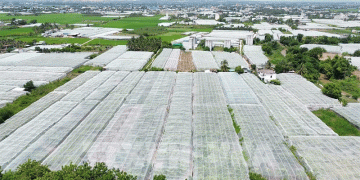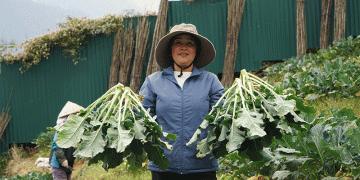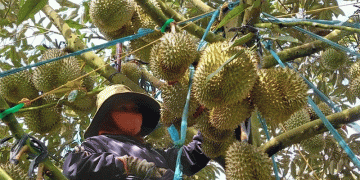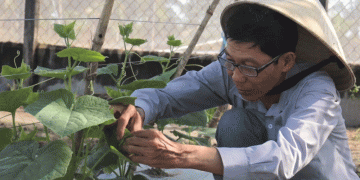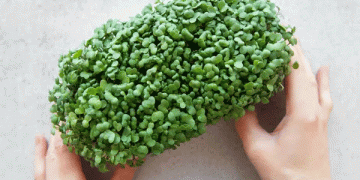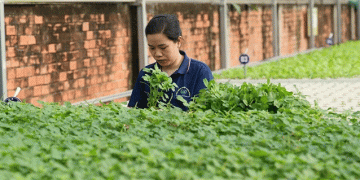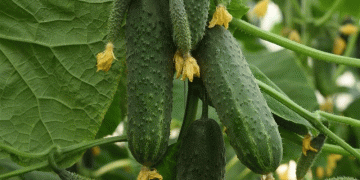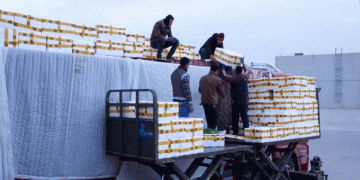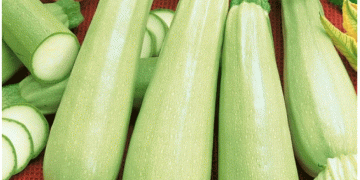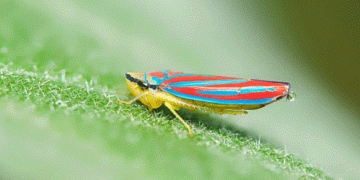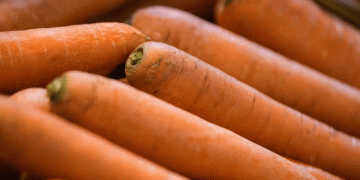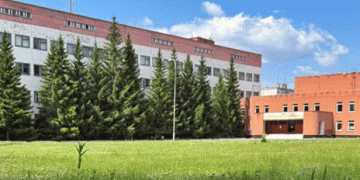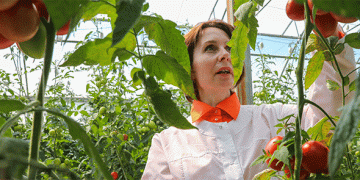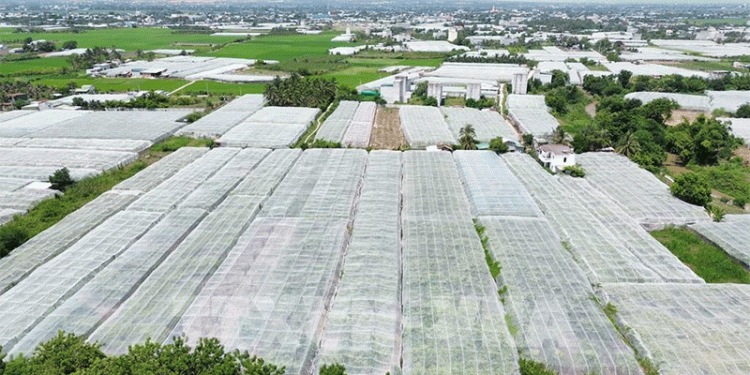In the face of climate change and global market demands, simply producing more is no longer a viable strategy for farmers. The new imperative is to produce better—with greater efficiency, higher quality, and verifiable sustainability. In Khanh Hoa province, Vietnam, this shift is well underway. A concerted push to adopt protected cultivation, water-saving irrigation, and international organic standards is transforming local farms into competitive, high-value enterprises. This isn’t a story of a few pilot projects; it’s a province-wide movement generating compelling data on productivity and profit.
Precision Practices Deliver Measurable Gains
The adoption of relatively simple, low-tech innovations is yielding significant returns. Farmers are moving beyond broad-spectrum chemical use to targeted, integrated approaches:
- Fruit Bagging: The practice of bagging grape clusters, as employed by farmer Pham Thi Le Dung, has proven highly effective. This technique, common in advanced horticulture, protects fruit from pests and sun damage, reduces the need for pesticides, and improves fruit quality. The results are impressive: a 10-20% increase in yield, a marked reduction in spoiled fruit, and a reusable input that lowers costs season-over-season.
- Drip Irrigation: The widespread adoption of drip irrigation systems across hundreds of models is a critical response to water scarcity. The FAO consistently reports that drip irrigation can improve water use efficiency by 30-50% compared to conventional flood irrigation, while simultaneously boosting yields by 20-50% by delivering water and nutrients directly to the plant roots.
Scaling Up: Certified Quality for Global Markets
Khanh Hoa’s success extends beyond the field to strategic market positioning. The province has made a major investment in certifications and traceability, which are the passports to premium export markets:
- Certified Organic Area: The province boasts nearly 5,600 hectares of crops certified to strict U.S. (USDA-NOP), Japanese (JAS), and European (EU) organic standards. This allows farmers to command significantly higher prices. Data from the International Federation of Organic Agriculture Movements (IFOAM) shows that organic products can fetch premiums of 15-30% in international markets.
- Export Readiness: A key to export success is traceability. Khanh Hoa has secured 163 production area codes covering over 5,171 hectares, with 65 codes specifically for export. This digital traceability system is essential for meeting the stringent requirements of markets like Australia, the EU, and the United States.
The Export Dividend: Real Numbers, Real Income
This strategic focus is paying off with robust export figures that directly benefit farmers:
- Fresh Durian: 8,000 – 10,000 tons exported annually to China.
- Mangoes: 300 – 500 tons shipped to high-value markets like Australia, the U.S., Dubai, New Zealand, and Europe.
- Aloe Vera: An estimated 4,500 tons exported, generating $2.5 million USD in revenue from markets including South Korea, Japan, and the U.S.
- High-Value Crops: New grape varieties are generating profits of 626 million VND (~$24,600 USD) per hectare with two harvests per year, while apples yield 161-267 million VND (~$6,300-$10,500 USD) per hectare annually.
A Blueprint for Modern, Market-Led Growth
Khanh Hoa’s transformation offers a powerful blueprint for agricultural regions worldwide. Its success is built on a multi-faceted approach:
- Embrace Appropriate Technology: Not every solution needs to be high-cost. Practices like fruit bagging and drip irrigation offer high returns on investment and are accessible to many farmers.
- Certify for Market Access: Investing in organic and GlobalGAP certification is no longer optional for exporters; it is a prerequisite for accessing lucrative markets and earning premium prices.
- Prioritize Traceability: Implementing production area codes and digital traceability systems builds consumer trust and fulfills import requirements.
- Foster Strong Partnerships: The effective collaboration between the government, scientists (as seen with the garlic variety research), cooperatives, and farmers is the essential glue that holds this strategy together.
For farmers and agribusinesses, the message is clear: the future belongs to those who integrate sustainable practices, leverage technology for efficiency, and proactively meet the quality standards of the global market. Khanh Hoa proves that this path leads not just to environmental sustainability, but to profound economic resilience and significantly higher farm-gate incomes.
